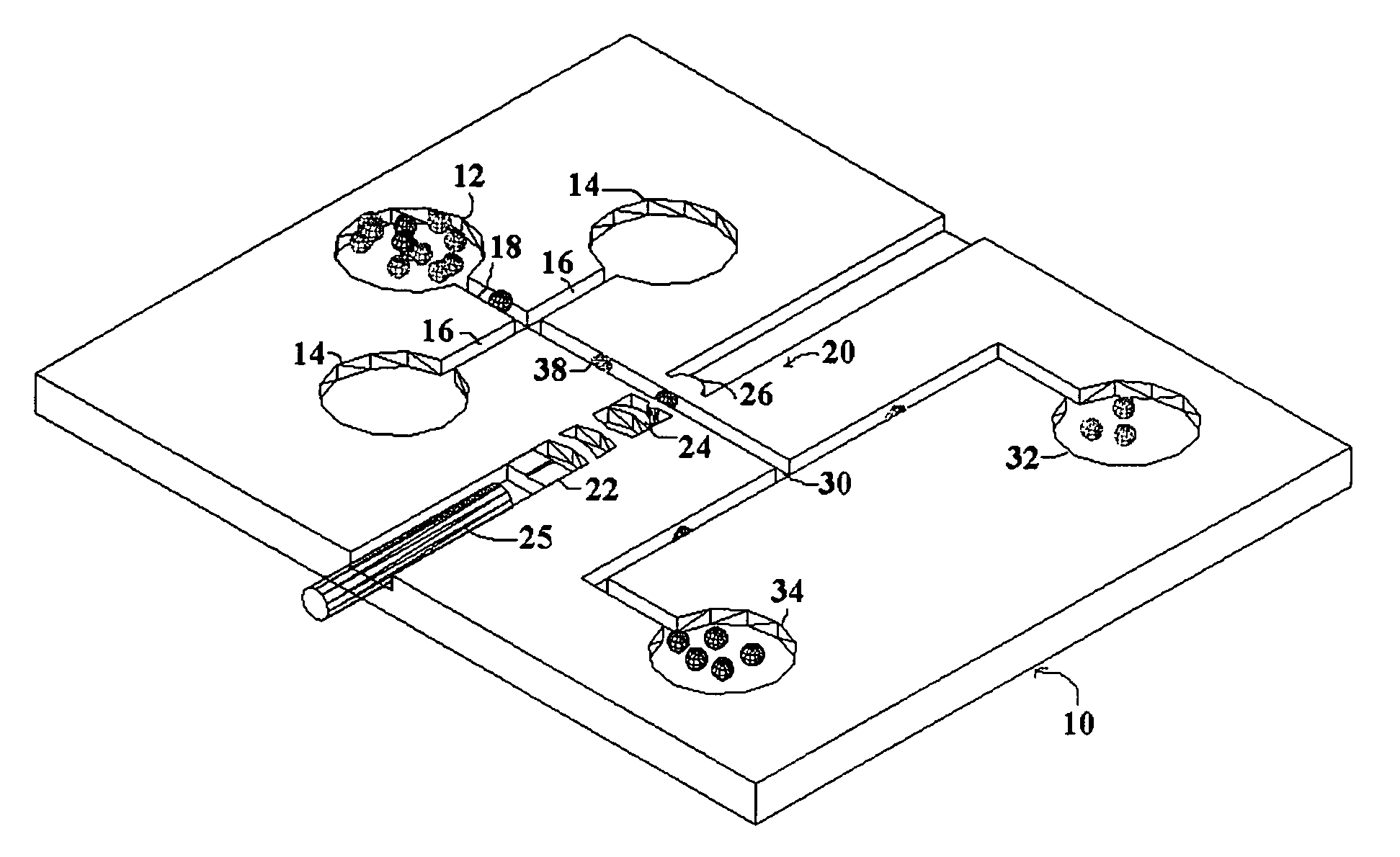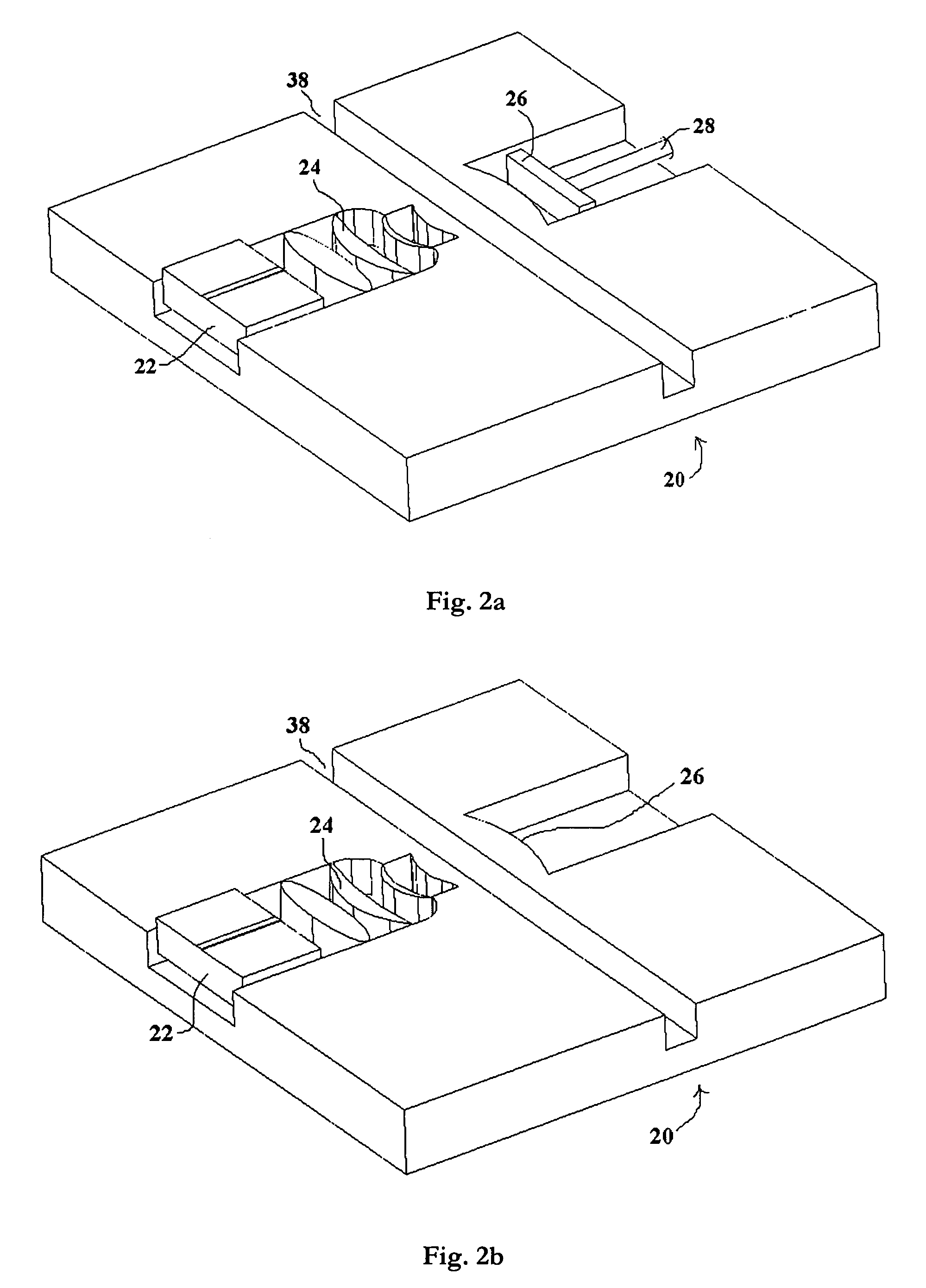Cell analysis using laser with external cavity
a laser diode and cell technology, applied in the field of analysis and processing of biological cells, can solve the problems of large errors in detecting scattered light from an individual cell, inability to further use cells labeled with fluorescent markers, and inability to determine the properties of a single cell
- Summary
- Abstract
- Description
- Claims
- Application Information
AI Technical Summary
Benefits of technology
Problems solved by technology
Method used
Image
Examples
Embodiment Construction
[0019]The present invention seeks to overcome the problems of the prior art by providing a system for biomedical analysis with a single operation, low costs, and high accuracy. The embodiments of the invention may independently provide one or more of the advantages set forth below.
[0020]One advantage of the present invention is that the biological cells are able to be non-invasively analyzed without any chemical treatment or fluorescent labeling, which keeps the cells intact and also enables the collected cells to be further used or processed after measurement, especially for therapeutic purposes.
[0021]Another advantage of the present invention is that the living cells are measured one by one in the analysis region in real time with high accuracy, which provides an approach for single-molecule detection (SMD) and reduces the sample consumption as well.
[0022]A further advantage of the present invention is that the living cells are located within an external laser cavity and analyzed ...
PUM
| Property | Measurement | Unit |
|---|---|---|
| reflectance | aaaaa | aaaaa |
| reflectance | aaaaa | aaaaa |
| diameter | aaaaa | aaaaa |
Abstract
Description
Claims
Application Information
 Login to View More
Login to View More - R&D
- Intellectual Property
- Life Sciences
- Materials
- Tech Scout
- Unparalleled Data Quality
- Higher Quality Content
- 60% Fewer Hallucinations
Browse by: Latest US Patents, China's latest patents, Technical Efficacy Thesaurus, Application Domain, Technology Topic, Popular Technical Reports.
© 2025 PatSnap. All rights reserved.Legal|Privacy policy|Modern Slavery Act Transparency Statement|Sitemap|About US| Contact US: help@patsnap.com



